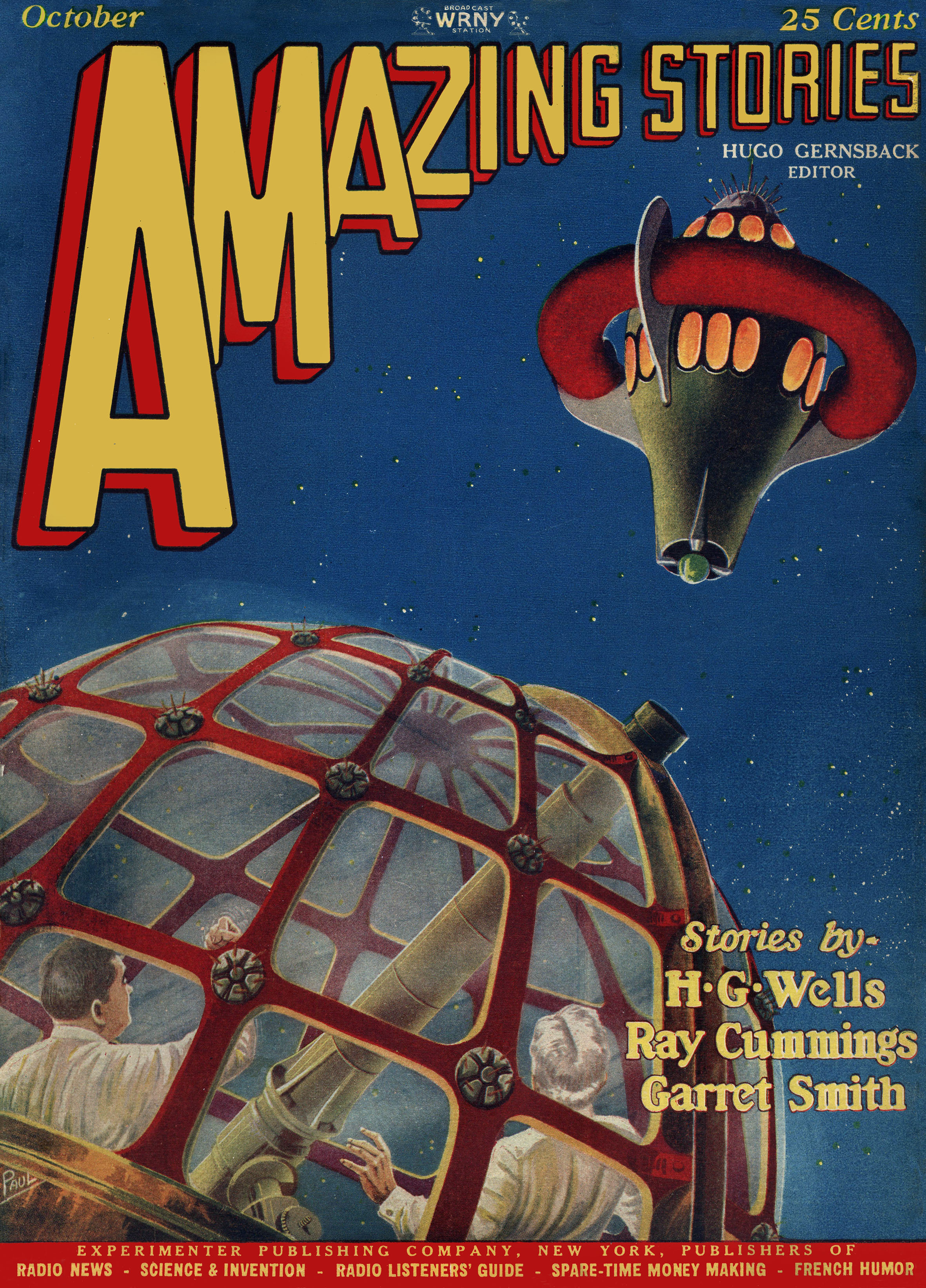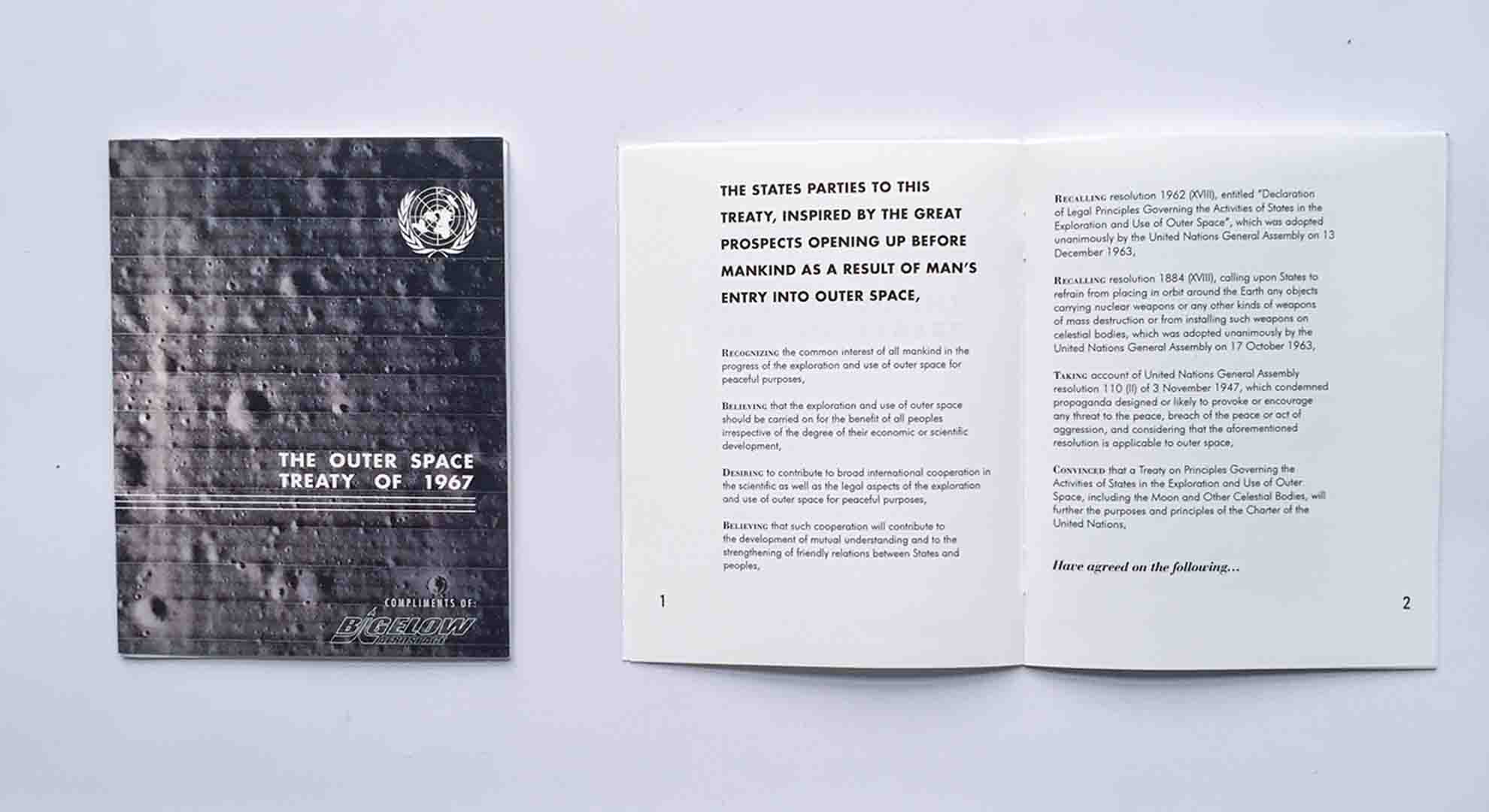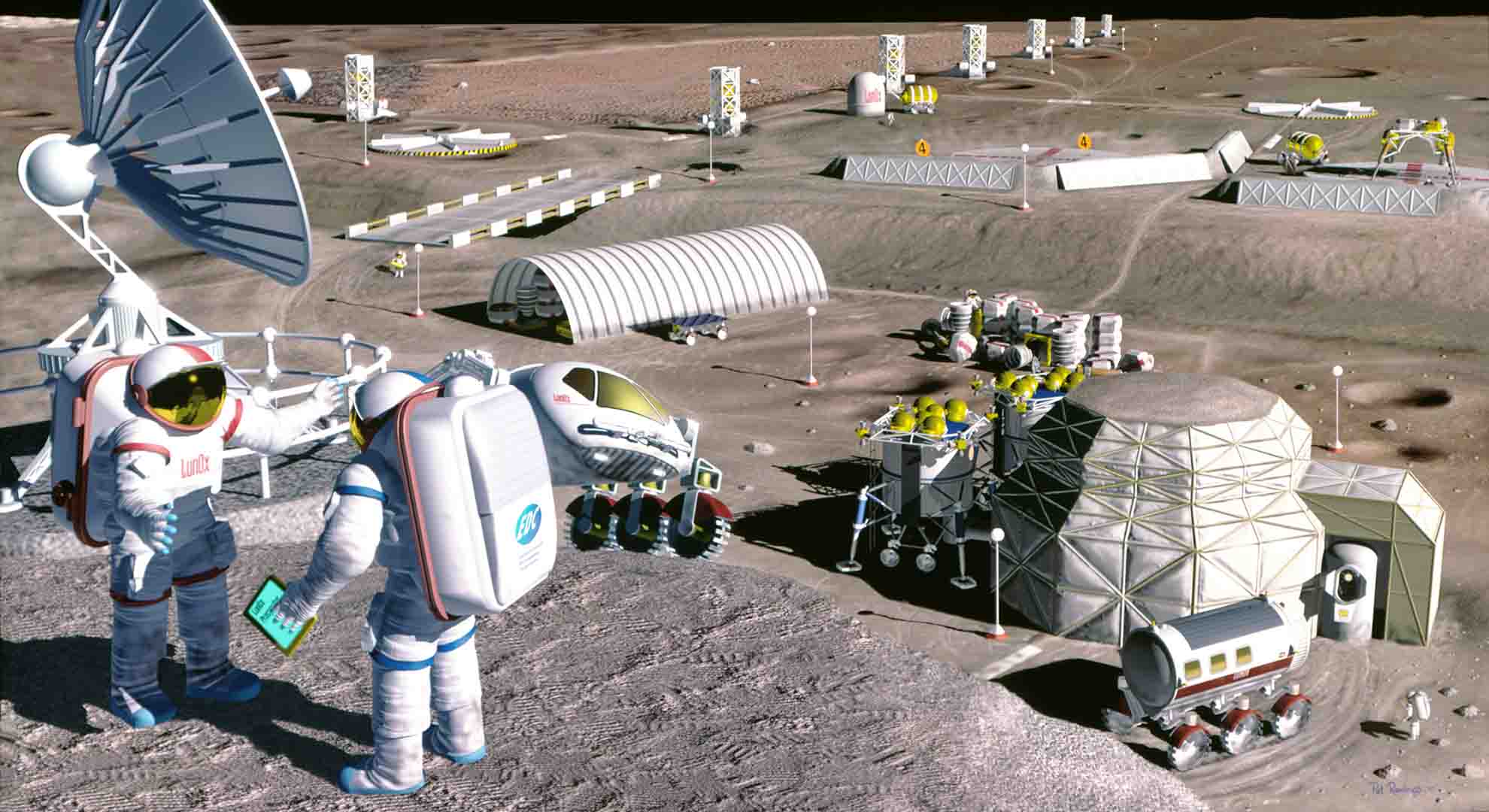Space - New World Colony?
From science-fiction to legal frameworks
Our collective imaginary about the possibility of ‘conquering’ outer space and to settle space colonies has been fueled over decades, even centuries, by science fiction books, films and drawings. The notion gained popularity in the early 20th Century with publications like Amazing Stories, the first science fiction magazine founded by Hugo Gernsback in the United States. Meanwhile in the Soviet Union, similar concerns can be traced back to 1908, when Alexander Aleksandrovich Bogdanov, a philosopher, scientist, and revolutionary published the science-fiction novel Red Star that depicted the achievement of an ideal social order on Mars. Leonid, the socialist protagonist of the novel, travels to Mars on a spaceship powered by a nuclear engine.

As time passed, fiction, science, technology, economics, and politics converged, bringing the space race into the frontline of scientific research by the early 1950s. On November 1957, the dog Laika became the first animal launched into orbit, paving the way for human spaceflight. In April 1961, the USSR surprised the world again by launching the first cosmonaut, Yuri Gagarin into a single orbit around the Earth in a spacecraft they called Vostok 1, followed by Alan Shepard, who became the first American astronaut to fly into space in May 1961. The peak moment arrived with Apollo 11, the first manned mission to land on the Moon in July 1969.
During these years of technological progress, the US and USSR began discussions on the peaceful uses of space, presenting issues for debate to the United Nations, and culminating in the Committee on the Peaceful Uses of Outer Space in 1959. As a result, in 1967, the Outer Space Treaty was signed by 107 member states at that moment, establishing all of outer space as an international commons and forbidding states from claiming territorial sovereignty.
Financialization of Outer Space
But a lot has changed over the past fifty years. Private companies like Virgin Galactic, Mars One and SpaceX are leading research, commercialisation and technical innovation in space exploration, the latter becoming the first to launch an object—in this case a car manned by a mannequin called Starman—into orbit around the sun. Architects and manufacturers are joining forces and investing time and resources to design the perfect space settlement. The military is questioning the commitments of the original treaty, with some governments claiming that space is a warfighting territory, just like air, sea, and land. China is now a new player in space exploration. All of these developments present an ever-growing challenge in defining the laws that govern space, raising a myriad of questions and rendering a treaty created decades ago obsolete. In response, efforts such as the Woomera Manual, aim to clarify existing international law as it applies to military space operations, yet small advances are being made in terms of defining limits to commercial exploitation of outer space.

‘Space Colonies,’ on language and its discontents
Many of the challenges we face stem not only from the language of established laws, but in the very vocabulary—deeply influenced by literature and film—that has shaped our notions of space colonization. One significant debate centers around the concept of ‘space colonies’. Colonialism has seen a long history of domination through economic control over people and their territories through the exploitation of labor and natural resources. In recent years, several independent groups, activists and academics have questioned the consequences of our colonial past and are focusing their efforts to decolonize a number of significant fields, including art institutions, academia, and state policies. In this context, scientific and technological developments are not an exception, and people who study outer space argue that we should avoid using colonial imagery and allusions when talking about space settlements, space inhabitation and exploration.
“Many of the challenges we face stem not only from the language of established laws, but from the very vocabulary—deeply influenced by literature and film—that has shaped our notions of space colonization.”
Beyond the term ‘Space Colonies’
The term ‘space colonies,’ still widely used, has also a long history. In 1975, the research paper Space Settlements: A Design Study by Stanford University and Ames Research Center, states that “the idea of space colonization extends back into myths and legends of ancient times, but the first account of an actual space colony appeared in 1869 when Edward Everett Hale’s novel, Brick Moon, described how a colony in space happened by accident.” Even if most studies and science fiction writings referred to space habitats, there are many examples of why the term ‘space colonies’ seemed to fit perfectly with some of the ideas at that time. In 1950, A. C. Clarke noted the possibility of mining the moon and launching lunar material into space. What can be interpreted as innocent science fiction espouses the notion of colonization simply by using the term ‘mining,’ which refers to extractive economic exploitation. In September 1977, Stewart Brand published the book Space Colonies – A CoEvolution, in which Dr. Gerard O’Neill argued that “a colony itself, once established, would be self-sustaining, and its residents would be paid mainly in goods and services produced by the colony.” We can see that imagination has its own limits and the same researchers that are able to imagine the most advanced technologies to inhabit space are unable to envision a different economic and social system.

Many people agree. Caroline Haskins wrote that “the language of colonialism is infecting outer space, thanks to dominance by rich white businessmen and politicians,” and Fred Scharmen stated that “the term ‘space colony’ should be deprecated”. If colonization practices on our own planet led to displacement of cultures and people, wars, economic inequity, and environmental destruction, isn’t it worth questioning why we would use the same concept when talking about settlements in outer space?
In the spirit of decolonizing our minds, our collective imaginaries and our shared languages in discussing outer space and its possible inhabitation, I recall the words of Stewart Brand, “Whenever the universe turns inside-out, as happens from time to time in any civilization, you get a lot of disruption and confusion, but you also can get a fresh angle on old problems, public and personal.”
Main image: Space Colony Art from the 1970s: The Bernal Sphere is a point design with a spherical living area. Image: NASA
